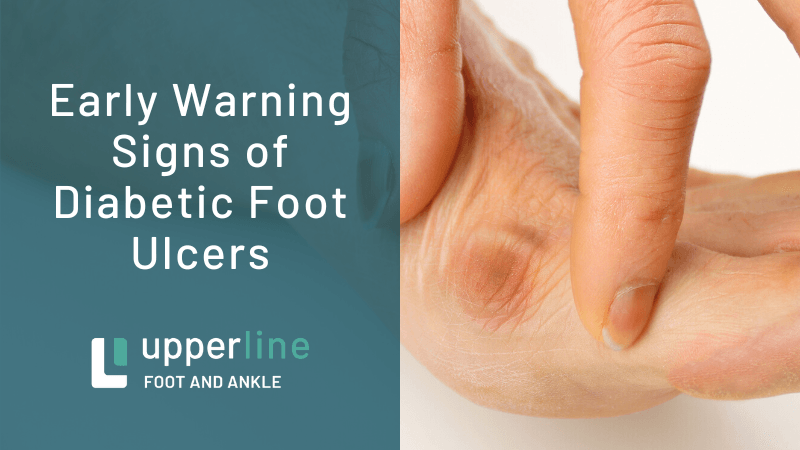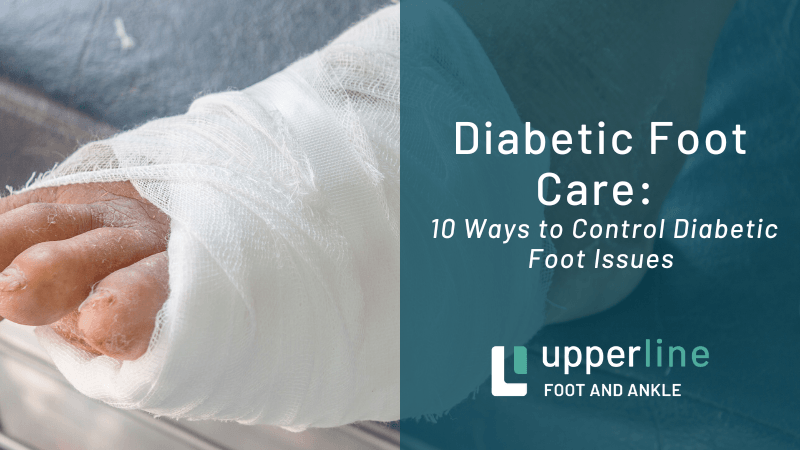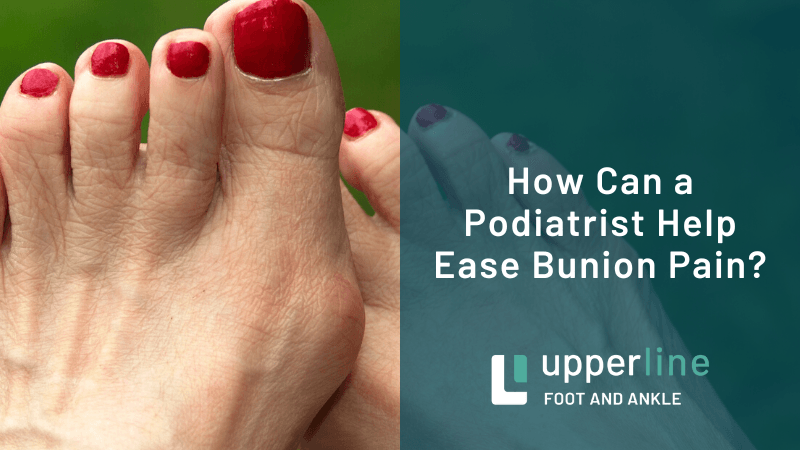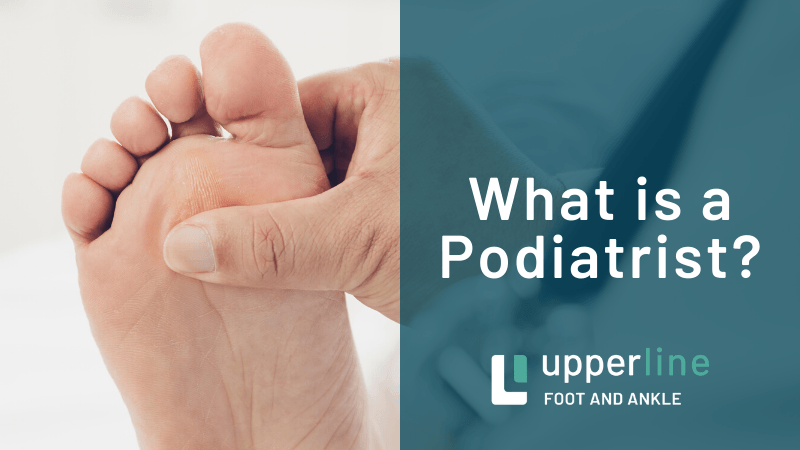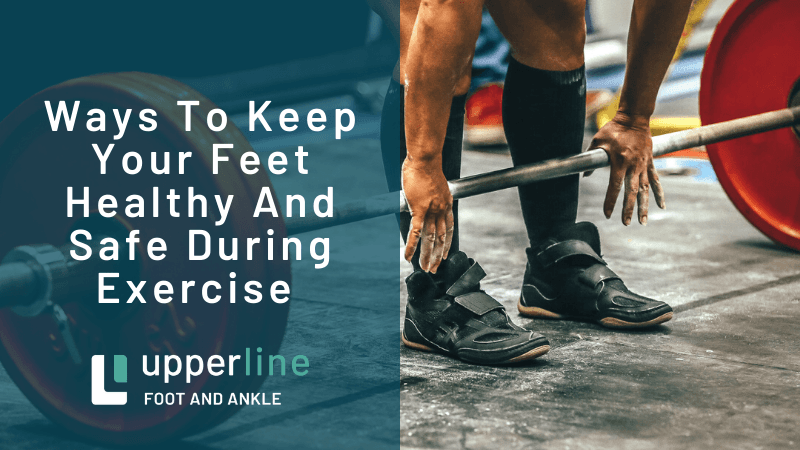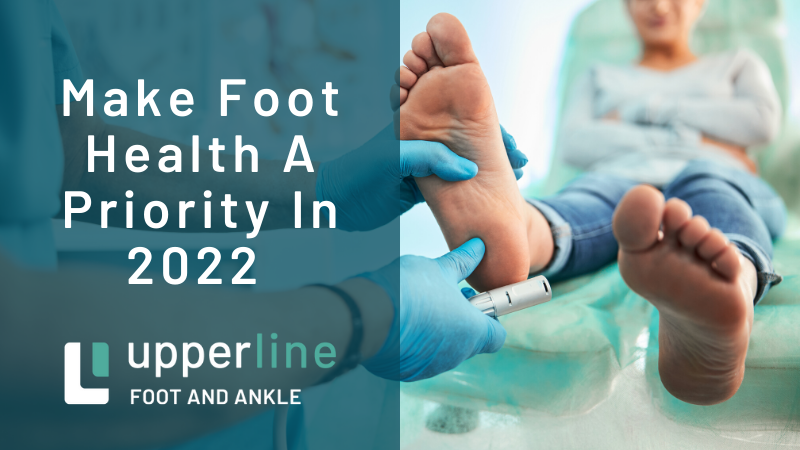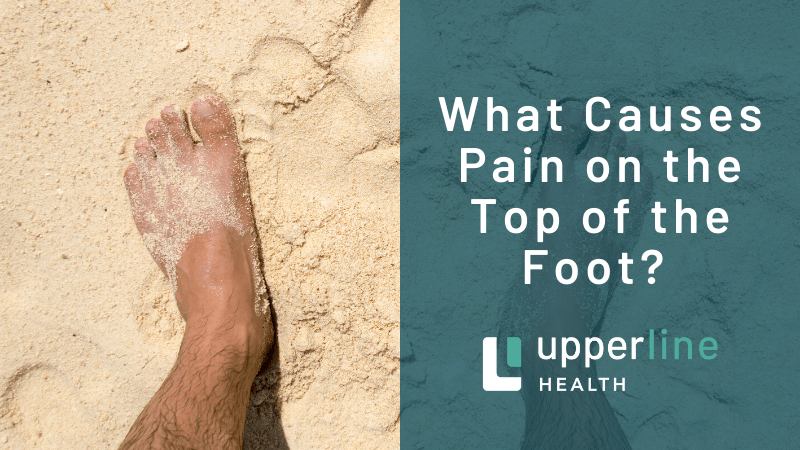Painful Foot? You Might Have a Bone Spur
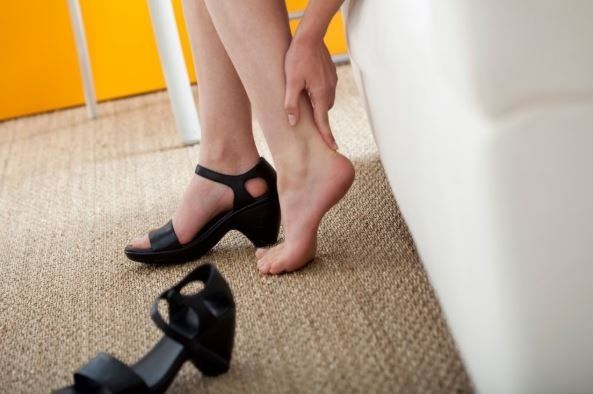
How to Keep Your Feet Free of Bone Spurs Whether you've never had a bone spur in your foot or you just want to reduce your odds of getting another one, preventative measures can help you optimize your foot comfort and function. Keep your weight under control, wear proper arch support (including orthotics, if necessary), and avoid tight-fitting shoes.
Upperline Health California can help you get over a painful bone spur problem. Contact us to request an appointment.

